Choosing a captain – like in many sports – is one of netball’s great traditions.
It’s usually one of the first tasks the team performs at the start of the year: choosing the player or players who’ll lead the group on and off the court throughout the season.
Players like Bianca Chatfield and Laura Geitz were legendary for the way they led by example and helped their teammates get the absolute most out of themselves on court. And if you’ve ever popped your head into a Melbourne Vixens training session, you’ve no doubt heard Kate Moloney chirping away almost the entire time, constantly demanding a high standard and driving her teammates to be better.
400+ DRILLS: JOIN NOW TO ACCESS ALL OF OUR COACHING VIDEOS!
Likewise, you probably know younger players within your own club or association who have that innate ability to bring a team together and draw out the best in each player.
So how best to find those players and select them as the ones to lead your team?
Here are just some of the ways you can manage that process.
Players select
As simple as it sounds – the players vote and the team member with the most votes is named as captain.
But rather than simply asking for a silent vote and having it become a popularity contest, ask the players to consider or answer privately a number of questions that will help them make their choice.
Questions like ‘who shows good leadership qualities?’, ‘who best supports their teammates?’, and ‘who is most likely to push everyone to be better?’, are a good way to get your players to consider who would be the most effective leader, rather than just who’s the best player or who’s the most popular.
Coach selects
Sometimes a good choice for younger teams who tend to steer towards popular players when asked to vote, choosing the captain yourself has the obvious advantage of ensuring the captain is a player you respect as a leader and you are confident will lead the team well.
The risk, of course, is that the player the coach endorses might not garner the same respect amongst their teammates, and may not be someone that other players readily follow. So choose wisely, take your time in making the selection and be sure to consider every player.
Players self-nominate
This is a method that has been used in Victorian high performance programs (and likely other states, too) for years. The coach asks players interested in taking on a leadership role to nominate themselves (privately), which narrows the field of potential candidates, as some players simply don’t want to be considered.
The process from there can be simple or more involved. The coach can choose from the pool or nominees or, as in high performance teams, the players are each interviewed about why they’d be the best choice, before the coaches make their selection.
Players select out loud
We successfully trialled this method at our club in the Victorian Netball League this year, and it’s a method that other elite clubs have used also.
Players are required to write down their choice for captain and vice-captain, and hand those nominations to the coach. Each player is then required to stand in front of the group and tell the group who they’ve nominated and also the reasons why. It’s a great way of not only getting players to think more carefully about who they’re selecting as captain and vice-captain, as they have to explain their decision to the group, but also to get the players openly united behind those players as their leaders.
Of course, some players may be disappointed at not being nominated, but that’s an important part of their learning process, too, and it’s a good opportunity to talk to that player later and get them to think about why they may not have been selected, and the things they can do or improve on in order to be viewed as a stronger leader within the team environment.
Share it around
Haven’t got a standout candidate, or you’re coaching a team that’s quite young? Why not share the captain’s responsibility around and roster a different player on as captain each week?
Give the role specific tasks, like running the warmup and cool down, signing the scoresheet and perhaps giving a bit of team feedback in the post-game chat, so that each player has the opportunity to build their leadership and communication skills.
Don’t choose any
Of course, who’s to say you must have a captain? It’s not like it’s Suncorp Super Netball, where the captain has additional important responsibilities like media and corporate commitments.
Another team we’re involved with coaching this year doesn’t have a set leader – just a strong group of players that has stayed together for a couple of years and does an outstanding job of driving its own standards and culture, without the need for one overall leader.
For some teams – with the right players – having a captain can be a wonderfully effective way to bring the group together and push it to greater things at training and on game day. For others, perhaps you don’t need one.
But either way, don’t rush into it. Give yourself and your team enough time to get to know each other, learn how they react under pressure and in certain situations, and what leadership qualities each player brings to the table, before making any decisions.
Got another method? Share it in the comments section below. And if you’re yet to sign up for all of our coaching drills videos, join here!
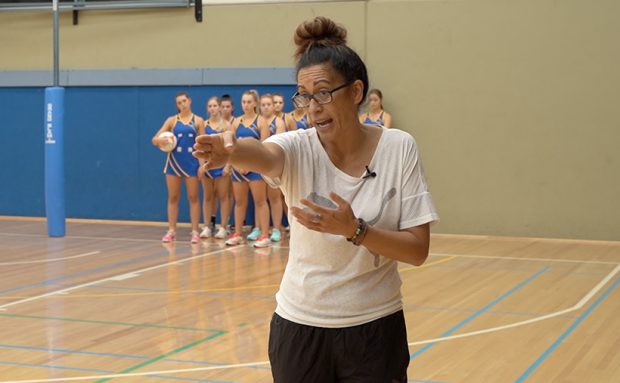
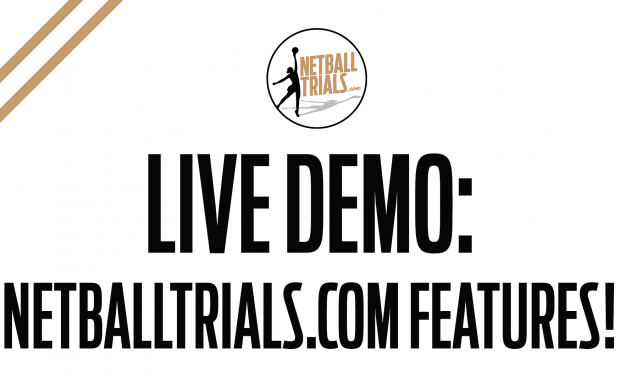
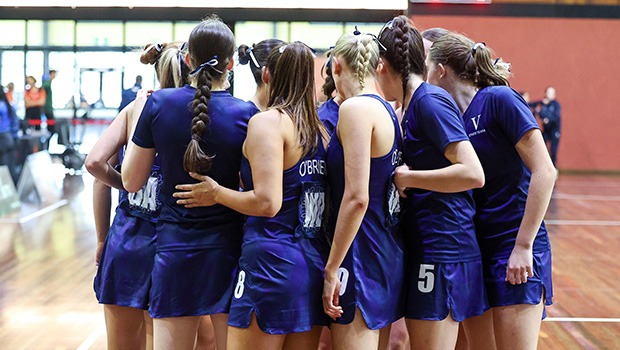

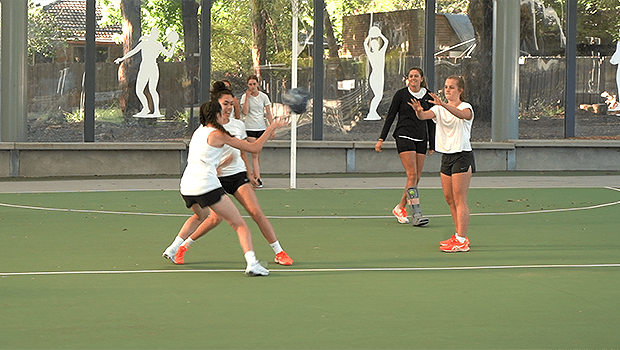
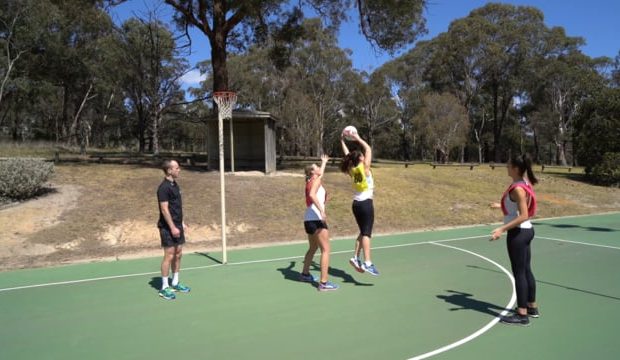
Thank you for this article about choosing a captain. I’ve decided not to choose a captain in U13s. In my experience it has carried too much pressure on an individual when what I need from them is to focus on their core skills for future potential in U15’s where I feel they are mature enough to understand the role and responsibility of a captain. In addition I have a team of potential captains so I’d rather choose a leader for each part of the court defence, attack & mid court allowing multiple leaders to assume roles rather than naming one to carry the entire burden. I am relieved to read its ok not to pick an individual.
Having players write down their choices and then explain their decisions in front of the group not only encourages thoughtful consideration in selecting leaders but also fosters open communication among team members. It’s a excellent way to ensure that the chosen leaders have the support and understanding of their teammates right from the start. Thanks for sharing this unique method in team leadership selection!